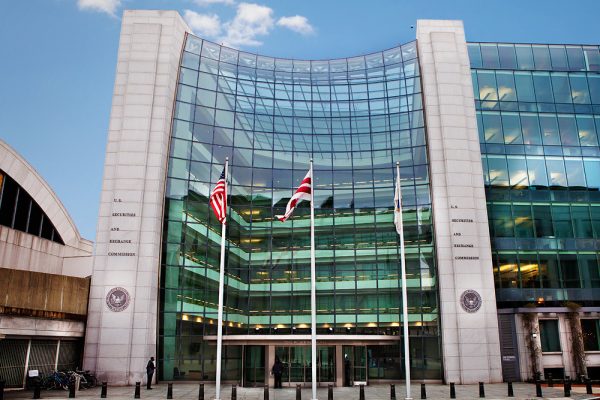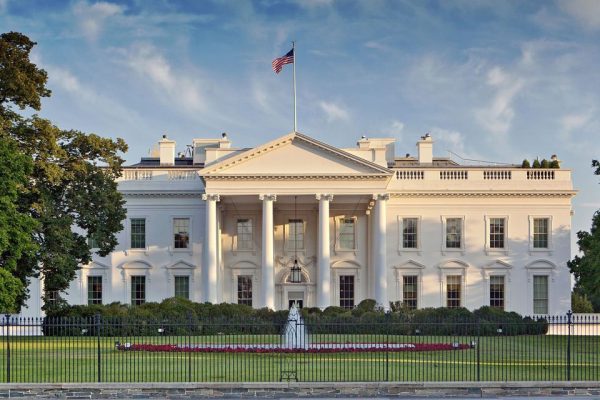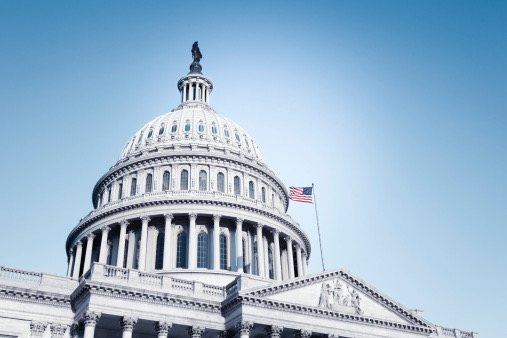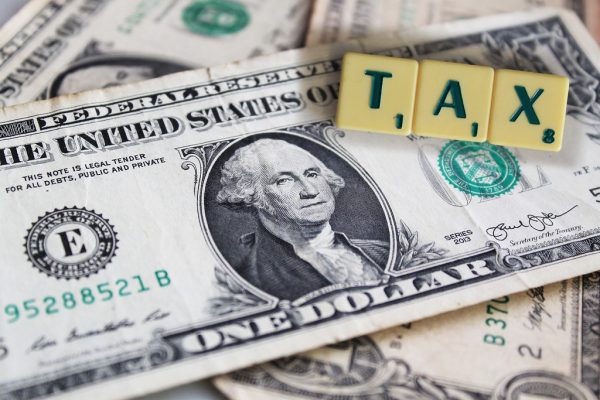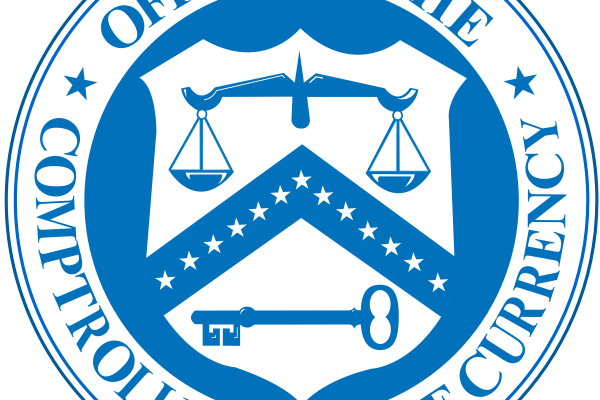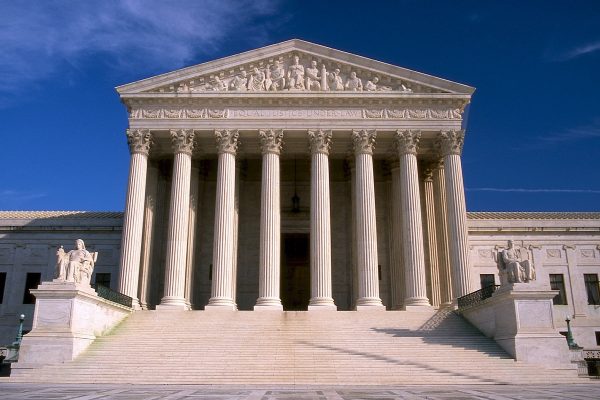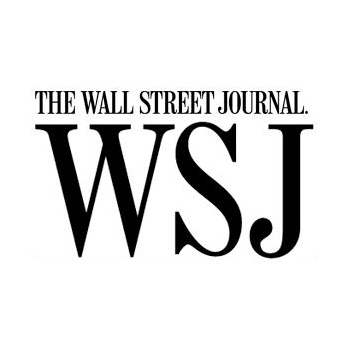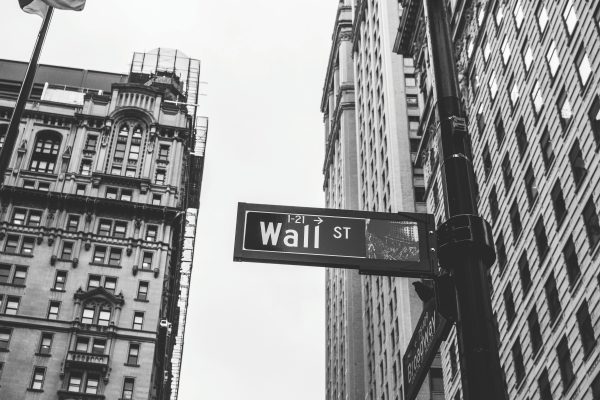Letters to Regulators: SEC Climate Disclosure – New Developments February 2023
We are writing on behalf of Public Citizen, Americans for Financial Reform Education Fund, and Sierra Club to supplement the information provided in previous comments we submitted. The purpose of this letter is to highlight a number of recent developments that further strengthen the rationale for the proposed rule.
As explained in our attached summary of developments related to climate-related financial risk, dramatic changes ushered in by the Inflation Reduction Act, the Russian invasion of Ukraine, and global market trends more generally, are accelerating a rapid transformation in the investment landscape.

